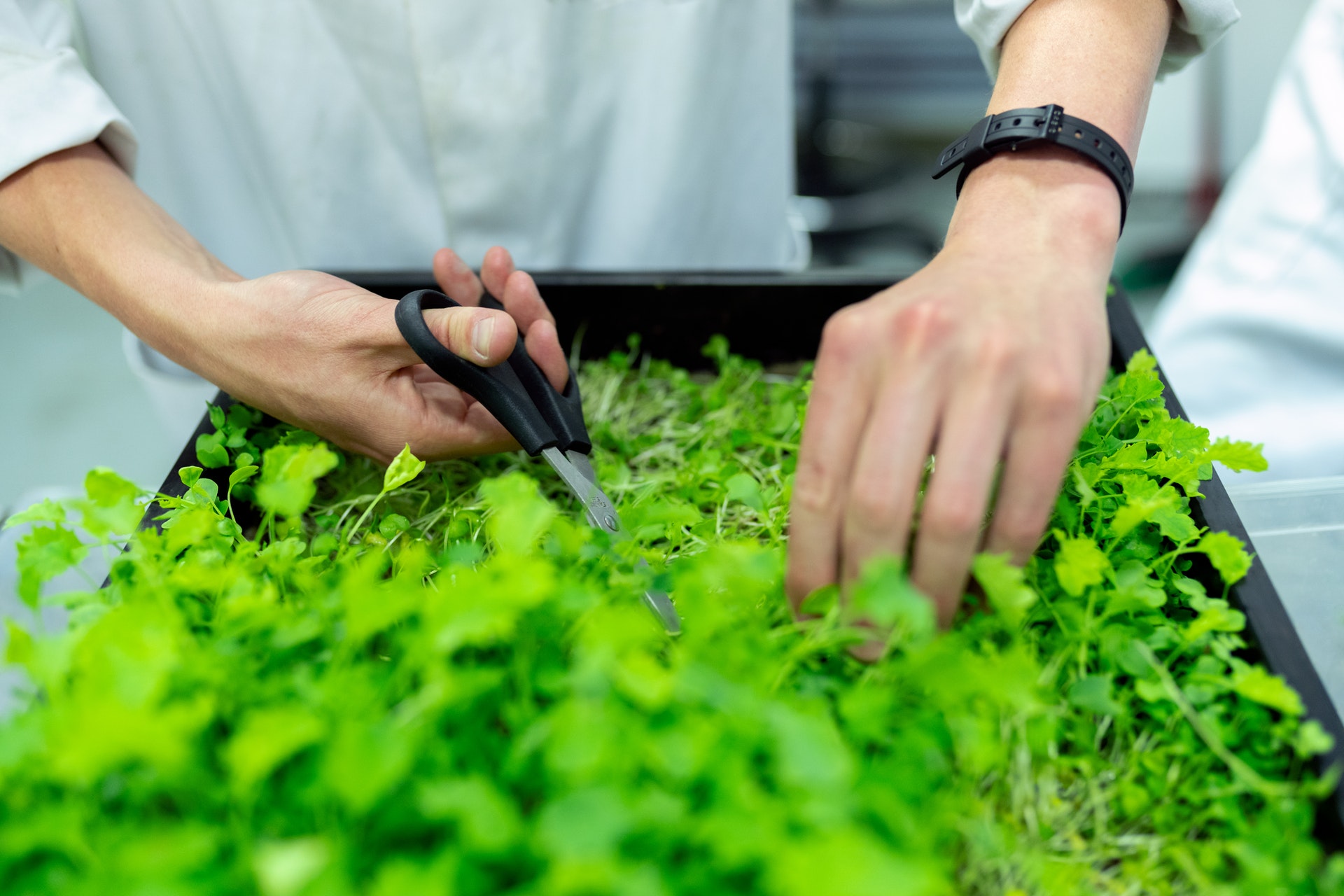
Body + Mind is reader-supported. We may earn an affiliate commission when you buy through some of the links on our site.
Growing herbs at home is one of the best ways to improve the flavor of your meals — and possibly boost your health. Many varieties work as folk remedies for various ailments.
However, you can spend a small fortune on live plants. What can you do if you don’t know any gardeners willing to offer you cuttings? Here are five of the easiest herbs to grow from seed to save cash while reaping the benefits.
Plants in the mint family are handy to have on hand. Mint tea is a well-known folk remedy for tummy trouble of all kinds. Medical research indicates that peppermint has the power to relax your intestinal muscles, relieving pain. It’s safe to use in children. One study even found that peppermint oil can ease the nausea and vomiting associated with chemotherapy.
You can make a fresh, organic tea by steeping the crushed leaves for 7 to 12 minutes. But first, you have to grow the herb. You can start the seedlings indoors and sow this hardy species into prepared garden soil in mid-spring. However, don’t worry if you miss the “deadline” — you can sow most varieties up to two months before the first expected frost and still get a solid crop.
You can also grow this plant in a container. You might want to if you worry about it spreading. This plant grows quickly and can rapidly dominate your garden if you don’t keep it in check.
Oregano is a fabulous herb to keep on hand, and not just if you love the flavor of Italian cuisine. The oil from this plant possesses such potent antimicrobial properties that it’s effective against multidrug-resistant MRSA — the flesh-eating bacteria. Keeping some extract on hand is wise to apply to topical wounds like kitty scratches. You can even apply the crushed leaves directly to minor cuts.
To start this plant from seed, sow it indoors at least four weeks before the last average frost date. Wait until the average soil temperature is 45° Fahrenheit or higher. You can also grow this herb indoors in a pot at least 6 inches deep. Keep it pinched back, using the extra in your cooking, to encourage full, bushy growth.
Parsley is a popular garnish herb for salads, soups and sauces. However, it’s more than just a pretty fixture on the side of your plate. It contains a flavonoid called myricetin that can prevent skin cancer.
You also want to add this herb to marinades. Why? It can block the cancer-causing effects of heterocyclic amines, chemical compounds that have cancer-causing properties and occur when you burn grilled meat.
Begin your seedlings eight to ten weeks before the season’s final anticipated frost. You can also sow seeds outdoors three to four weeks prior to the last freeze. Choose a sunny area where the soil gets warm. These seeds take a while to germinate — soaking them before planting can encourage them to take root. It takes two to four weeks for the first seedlings to appear.
Thyme is a well-known herb for adding to roasts of all kinds. It also has several properties that make it beneficial to your health. For example, if you’re one of the many Americans living with high blood pressure, adding this herb to your tea could help lower your numbers. This plant is also packed with vitamins A and C, both vital for healthy immune functioning. Rubbing a few leaves between your palms to release the essential oils and applying them to your skin repels mosquitos.
Thyme is easy to grow, but germination takes a while — anywhere from 14 to 28 days. You only need one ounce of seeds to plant a full acre. This herb prefers sandy, dry soils — keep this in mind when selecting your potting mix if you intend to grow it in a container.
What’s a baked potato without chives? It’s a sad spud, sitting there decked in sour cream and little else. Why not add some color to your meal, courtesy of your windowsill herb garden?
Sow chives indoors approximately six weeks before the last average frost in your region. Transplant them when they get to be four to six inches tall. This plant produces pretty purple flowers, making it an excellent border. You can also propagate it in perpetuity by gathering the seeds that appear after the blooms fade.
Add flavor and a dash of good health to your cooking with organic ingredients you produce yourself. Start these five easiest herbs to grow from seed today and enjoy a flourishing windowsill tomorrow.
Your email address will only be used to send you our newsletter, and at any time you may unsubscribe. For more information, see our Privacy Policy.